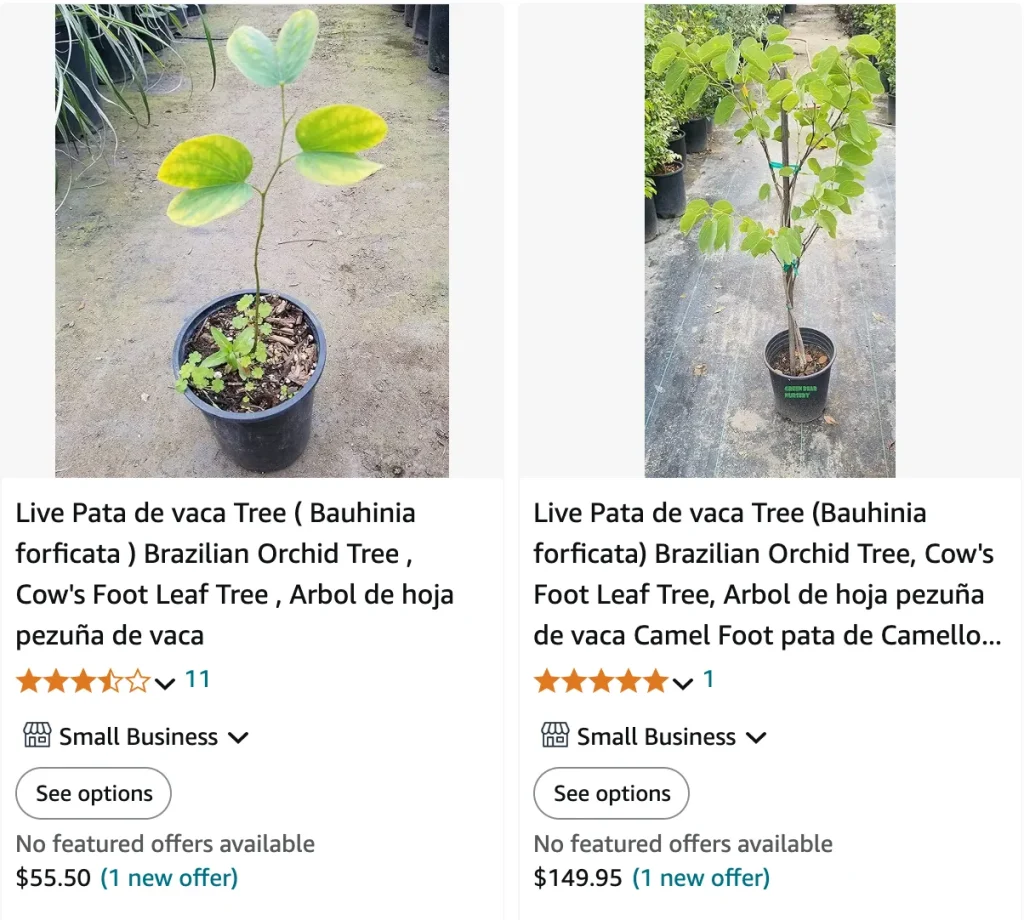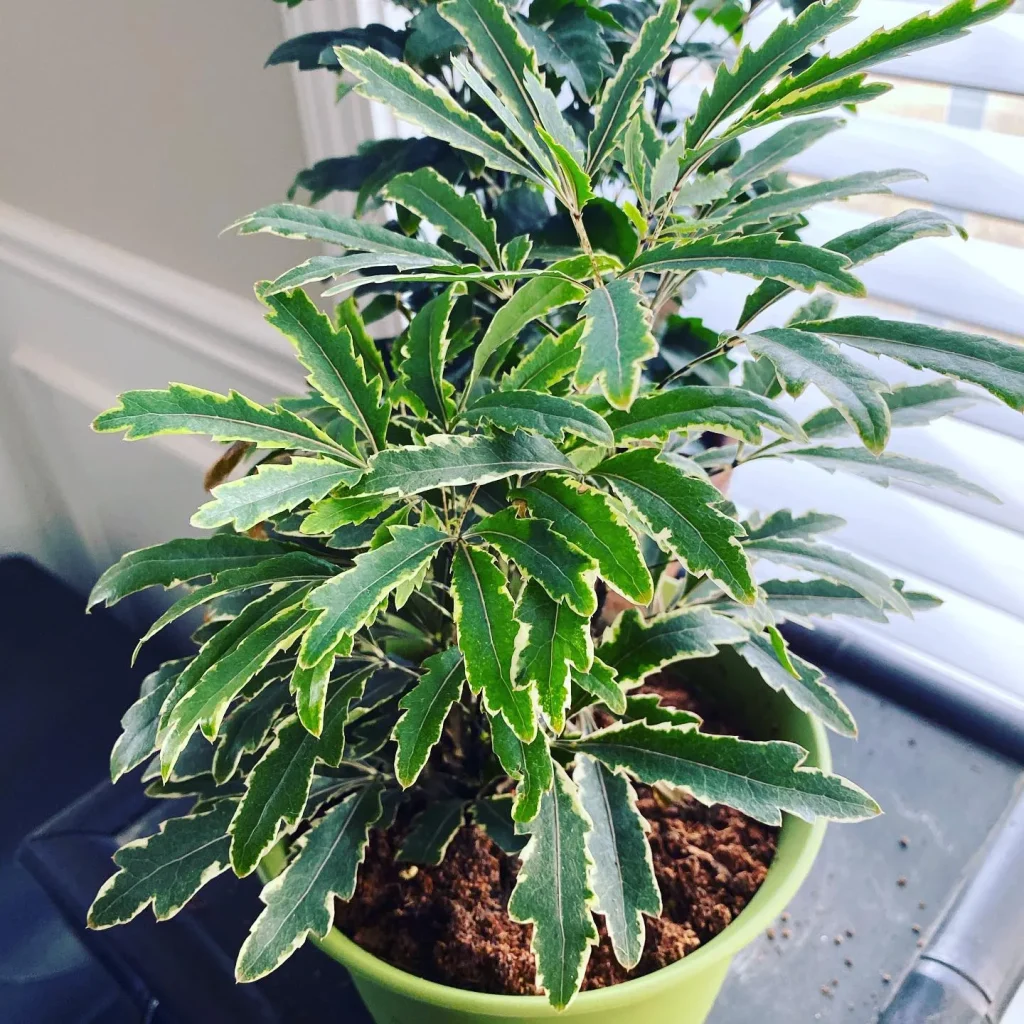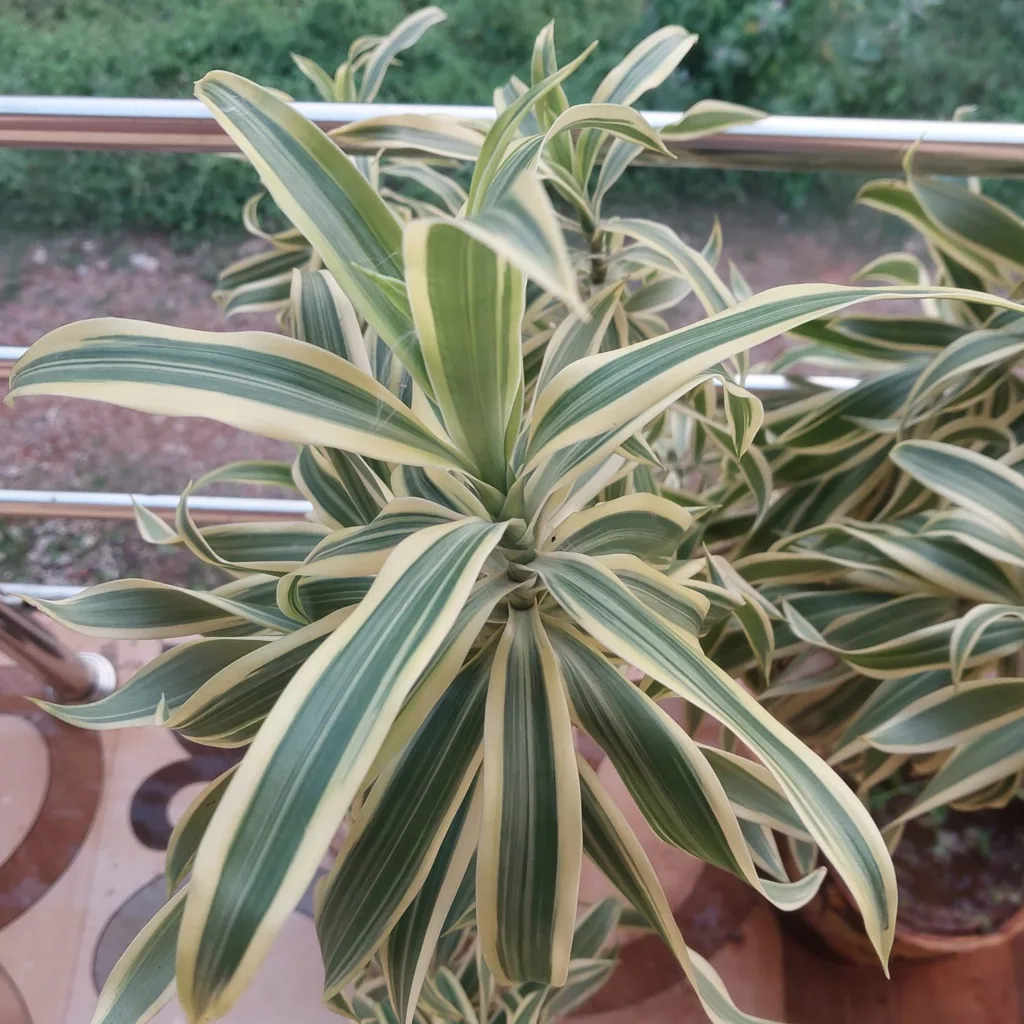
FAQs About Bauhinia Forficata
As a passionate gardener, I’ve often been asked about Bauhinia Forficata, commonly known as the Brazilian Orchid Tree. Its stunning flowers and unique leaves make it a favorite in tropical and subtropical gardens. Here, I’ll share some frequently asked questions about this beautiful plant, covering everything from care tips to its potential toxicity.
192 Species in Genus Bauhinia
What Is Bauhinia Forficata?
Bauhinia Forficata is a deciduous tree native to South America. It can grow up to 30 feet tall and features distinctive, butterfly-shaped leaves that are divided into two lobes. The tree blooms with striking white or pale pink flowers that resemble orchids, hence the common name. This tree is not only admired for its beauty but also appreciated for its medicinal properties.
How to Care for Bauhinia Forficata?
Caring for Bauhinia Forficata is relatively straightforward, and here are my top tips:
- Location: Choose a sunny spot in your garden. This tree thrives in full sunlight but can tolerate partial shade.
- Soil: Well-draining soil is crucial. I recommend a mix of loamy and sandy soil for optimal growth.
- Watering: While establishing, regular watering is essential. Once mature, it can tolerate short droughts but prefers consistent moisture.
- Fertilization: During the growing season, use a balanced fertilizer to encourage healthy growth. I usually apply a slow-release fertilizer in early spring.
- Pruning: Prune in late winter or early spring to shape the tree and remove any dead or crossing branches. This encourages better air circulation.
How to Propagate Bauhinia Forficata?
Propagating Bauhinia Forficata can be an exciting project! I’ve had success with both seeds and cuttings:
- Seeds: Soak the seeds for 24 hours before planting to soften the hard coat. Plant them in a seed-starting mix and keep them moist. Germination usually takes about 2-3 weeks.
- Cuttings: Take softwood cuttings in late spring or early summer. Dip the cut end in rooting hormone and plant in a well-draining mix. Keep the cuttings humid until roots develop, usually in 4-6 weeks.
What to Plant With Bauhinia Forficata?
When designing a garden with Bauhinia Forficata, consider companion plants that complement its beauty. I’ve found that the following plants work well:
- Palms: Varieties like Areca Palm create a tropical feel.
- Hibiscus: Their vibrant flowers enhance the color palette.
- Bougainvillea: The cascading blooms contrast beautifully with Bauhinia’s flowers.
Is Bauhinia Forficata Toxic?
One of the common questions I encounter is about the toxicity of Bauhinia Forficata. The good news is that this tree is generally considered non-toxic to humans and pets. However, as with any plant, it’s always wise to monitor for any allergic reactions, especially in sensitive individuals.
Benefits of Bauhinia Forficata
Beyond its aesthetic appeal, Bauhinia Forficata offers several benefits:
- Medicinal Uses: Traditionally, this plant has been used for its anti-inflammatory and analgesic properties. It’s believed to aid in treating various ailments, from digestive issues to respiratory problems.
- Erosion Control: Its extensive root system helps prevent soil erosion, making it a practical choice for hillside gardens.
- Wildlife Habitat: The flowers attract pollinators like bees and butterflies, making it a valuable addition to any pollinator garden.
Common Problems with Bauhinia Forficata
Like any plant, Bauhinia Forficata can face challenges. Here are some issues I’ve come across:
- Pests: Aphids and spider mites can occasionally be problematic. I usually treat them with insecticidal soap or neem oil.
- Fungal Diseases: Watch for signs of powdery mildew, especially in humid conditions. Ensuring good air circulation can help prevent this issue.
How Does Bauhinia Forficata Compare to Similar Plants?
Many people often confuse Bauhinia Forficata with other species in the Bauhinia genus. Here’s a quick comparison:
- Bauhinia Variegata: Known as the Orchid Tree, it has similar flowers but can grow taller and has more vibrant colors.
- Bauhinia Galpinii: Commonly called the Red Orchid Tree, it features bright red flowers and is a smaller shrub, making it suitable for smaller gardens.
In conclusion, Bauhinia Forficata is a striking addition to any garden, combining beauty with practicality. By understanding its care requirements and benefits, you can enjoy this tree for years to come. Whether you’re planting it for its medicinal uses or its eye-catching blooms, this tree won’t disappoint!
If i die, water my plants!


